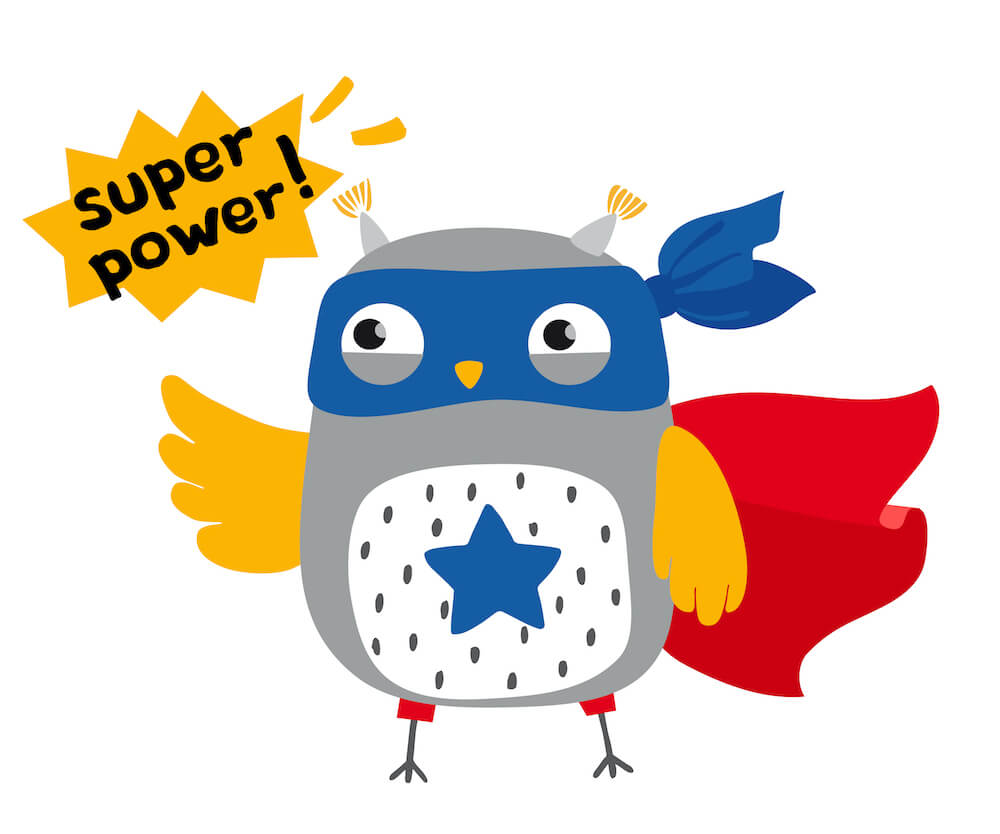So how do you know if your child is getting enough iron in their diet? Well firstly it is important to explain that there are two types of iron in food. Iron in foods that come from animals is easily absorbed into the body when we eat it. And the darker the meat, the more iron in there. So, this means that beef and lamb have more iron than chicken – but the iron from both of these meats is easily absorbed by the body.

Iron found in plant foods such as broccoli and nuts is harder for the body to absorb. But help is at hand in the form of Iron’s sidekick, Vitamin C. Vitamin C increases the absorption of all iron in food that we eat. Fortunately for broccoli (and most fruits and vegetables), they contain a decent amount of Vitamin C to go with the iron.
- Dark coloured legumes such as red kidney beans & green lentils
- Dark veggies such as raw spinach & broccoli
- Nuts/peanut butter
- Chickpeas/hummus & baked beans
- Tofu
- Wholemeal pasta and bread
- Brown rice
- Porridge oats
- Dried apricots.
- Cereals such as Weetbix and All-Bran are fortified with iron which are great for breakfasts (kids love the crunch of All-Bran surprisingly!!).
Even if you are not intentionally vegetarian, many kids don’t like eating meat in the early years as it can be harder to chew. Although eating and chewing is second nature to us, for kids it can require some sophisticated co-ordination. So understandably it is easier to refuse it. So, if you have a reluctant meat eater – go for mince and soft meats like fish. And start using more legumes and lentils in dishes. I always wish I gave my kids legumes from 6 months of age.. I think I would have had less years of them meticulously picking them out!! But I eventually won that battle and they now happily shovel them in with the rest of the meal.
- Start the day with fortified cereal, porridge or wholemeal bread and add some vitamin C such as berries/oranges
- Choose wholemeal pasta and brown rice (or mix it in to the white to start with)
- Choose iron rich snacks such as peanut butter in smoothies and on crackers, dried apricots, hummus and veggie sticks
- Lots of dark veggies where you can (even if you sneak it in)
- Red meat a few times a week (choose mince if you have to)
Written by: Anna D’Arcy, Accredited Practising Dietitian at My Nutrition Clinic. Anna is a mum to two children under 10 years and has 20 years of experience working as a dietitian and helping families reach their health potential.



